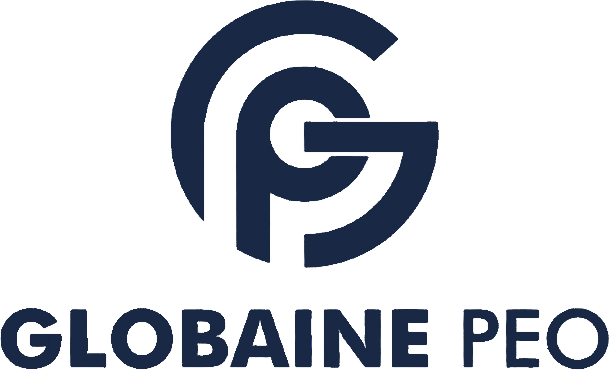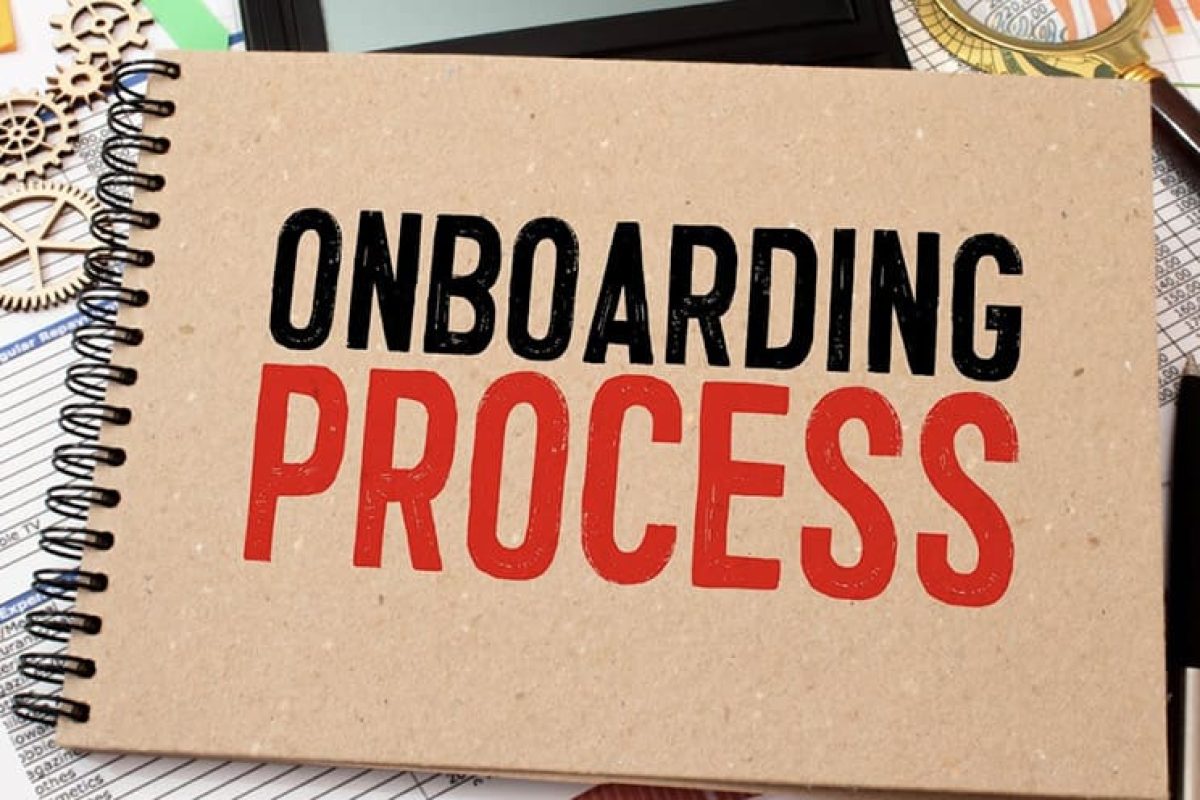As an employer expanding into Singapore, it’s essential to adhere to local labor laws and ensure smooth onboarding by preparing the correct documentation. This guide outlines the key steps and documents required for onboarding employees in Singapore.
Onboarding Process: Step-by-Step Explanation
Step 1: Job Offer and Acceptance 📩
-
Trigger: After selecting the ideal candidate.
-
Action: Extend a detailed job offer including:
-
Job Title: Clearly specify the position.
-
Compensation: State the salary or hourly pay rate.
-
Minimum Wage: Not regulated, but market norms are essential to ensure competitiveness.
-
Start Date: Specify the expected commencement date.
-
Working Hours: Typically 44 hours per week for full-time; outline any overtime policies.
-
Benefits Overview: Highlight primary benefits, such as CPF contributions, annual leave, and medical insurance.
-
Probation Period: State the duration, usually between 3 to 6 months.
-
-
Outcome: The onboarding process progresses upon candidate acceptance.
Step 2: Employment Contract 📝
-
When It’s Used: Immediately after job offer acceptance.
-
Action: Prepare a written employment contract, recommended for legal clarity and required by the Employment Act for certain employee categories. The contract should cover:
-
Job Description: Detail job duties and expectations.
-
Compensation Details: Include basic pay, overtime, and any bonus structures.
-
Leave Entitlements:
-
Annual Leave: At least 7 days, increasing with tenure.
-
Public Holidays: Singapore observes 11 public holidays, provided as paid leave.
-
Sick Leave: Up to 14 days with a medical certificate, plus up to 60 days if hospitalization is required.
-
Parental Leave: 16 weeks of maternity leave (for eligible employees) and 2 weeks of paternity leave.
-
-
Working Hours: Specify regular hours and conditions for overtime.
-
Termination Conditions: Clarify notice periods (typically 1 month or as per contract) and grounds for termination.
-
-
Outcome: Both parties sign to formalize employment terms.
Step 3: Tax and Social Security Registration 💰
-
When It’s Used: Before the employee starts.
-
Action: Register employee for CPF (Central Provident Fund) and tax purposes:
-
CPF Registration: Register employees for CPF, which covers retirement, healthcare, and housing.
-
Tax Identification Number: Collect the employee’s NRIC or FIN for tax reporting.
-
Contribution Rates: Employer’s CPF contribution is around 17% of gross salary, depending on the employee’s age and nationality.
-
-
Outcome: Completion of tax and social security setup for accurate payroll deductions.
Step 4: Health and Safety Induction 🦺
-
When It’s Used: On or before the employee’s first day.
-
Action: Provide a workplace health and safety orientation, as mandated by Singapore’s Workplace Safety and Health Act (WSH):
-
Health and Safety Regulations: Outline emergency procedures, workplace hazards, and safety measures.
-
Employee Safety Manual: Distribute a manual on role-specific safety guidelines.
-
Personal Protective Equipment (PPE): Provide any necessary safety gear.
-
-
Outcome: Ensure employee comprehension of safety protocols through acknowledgment.
Step 5: Payroll and Benefits Enrollment 📊
-
When It’s Used: Within the first week.
-
Action: Set up payroll and benefits:
-
Bank Details: Gather employee banking information for salary deposits.
-
Benefits Enrollment: Register for any company-offered benefits (e.g., additional health insurance).
-
Overtime Policy: Communicate overtime rates (1.5 times regular pay).
-
-
Outcome: Employee is registered to receive timely and accurate payments.
Step 6: Workplace Policies and Training 📚
-
When It’s Used: Within the first month.
-
Action: Provide onboarding covering workplace policies and training:
-
Code of Conduct: Review company policies on behavior, ethics, and professionalism.
-
Training Programs: Include job-specific and compliance training.
-
Performance Metrics: Set clear KPIs and expectations.
-
Flexible Work Options: Discuss any remote or hybrid work options.
-
-
Outcome: Employee is well-informed about their role and company policies.
Step 7: Probation and Feedback Period 📅
-
When It’s Used: During the first 3-6 months.
-
Action: Monitor performance and provide regular feedback.
-
Trial Period Review: Assess performance at the end of probation.
-
Performance Check-ins: Schedule regular check-ins to discuss progress.
-
Adjustments: Make role adjustments based on performance feedback.
-
-
Outcome: Confirm or adjust the employment status based on performance evaluation.
Additional Information on Singapore Employment Laws
-
Workplace Discrimination: Singapore’s Tripartite Guidelines on Fair Employment Practices (TGFEP) enforce anti-discrimination policies.
-
Flexible Working Arrangements: Employees may request flexible arrangements, subject to employer approval.
-
Pay and Benefits Transparency: Employers must provide clear documentation of wages, leave entitlements, and CPF deductions.
Key Documents Summary Checklist
-
Job Offer Letter
-
Written Employment Contract
-
CPF Registration Form
-
Employee Tax Identification (NRIC or FIN)
-
Health and Safety Manual
-
Payroll Enrollment Forms
-
Employee Data Privacy Consent Form
Conclusion: How GlobainePEO Can Help with Onboarding in Singapore🌐
GlobainePEO specializes in managing all aspects of employee onboarding in Singapore, from drafting compliant contracts to ensuring social security registration and legal work permits. Partnering with GlobainePEO ensures smooth onboarding while you focus on growing your business.

